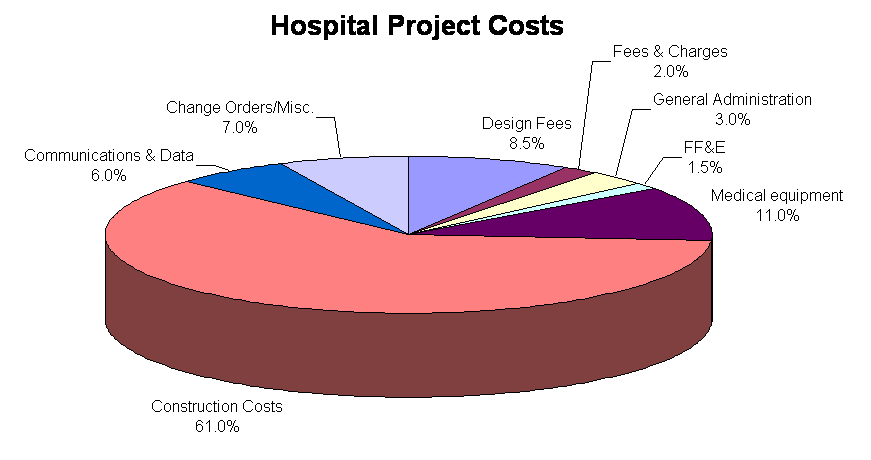

Printable PDF version
Subscribe to our newsletter
Healthcare Facilities
eMedicine
SB1953-Painful Medicine
Hospital
Costs
Construction
Management Specialists
111 Pine Street, Suite 1315
San Francisco, CA 94111
(415) 981-9430
www.TBDconsultants.com
Healthcare has been going through some dramatic transitions in the past couple of decades or more. What are these changes and how are they affecting the design and functioning of healthcare facilties? Click the link below to read the article.
Electronic storage and messaging is taking the world by storm, but how is it affecting the medical community. We look at how hospitals are introducing this technology, and how it is affecting the medical staff and the construction costs.
SB 1953 was put in place to ensure that hospital facilities would still be functional after a major earthquake, but a side effect has been to send a seismic tremor though the healthcare construction market. We look at what SB 1953 is, and how it is affecting the construction budgets for healthcare projects.
Recently hospital construction costs have been increasing dramatically. It has been estimated that bid prices for hospital projects have increased by about 66% in the past two years, over twice as much as general construction projects (which have themselves been increasing far faster than in previous years). What are the driving forces behind these increases?
- It has frequently been observed that the fewer the number of bidders, the higher the bids will be, and studies have substantiated that observation. It is not the number of bidders that is directly driving up the costs, but the number of bidders and the high bids are both indicative of the fact that the contractors that do this kind of work are already busy. The buildup of work required for SB 1953 has the contractors that can handle acute-care hospital projects with full schedules already, and consequently slow to bid for additional work. Studies show that, on average, under normal market conditions, bids can be expected to be up to about 15% higher than normal when only two bids are received.
- The Bay Area is not alone in experiencing a shortage of skilled workmen, and consequently there is not the migration of workers that is usual in the construction industry. Contractors therefore have to pay more to attract quality workers, and it is high quality workers that are demanded for hospital projects, and the cost naturally gets passed on. For general construction work it has been shown that when contractors' workbooks are full, bids can be up to around 30% above the "norm", and while some of that may reflect additional profit, some of it is simply the additional cost of doing business in this kind of market.
- With enough work already at hand, contractors can be choosey about which projects they bid for. Straightforward work, such as new general construction will generate more competition, while less attractive work, such as renovation work carried out in an occupied building, will mean that contractors will either not bid it at all, or will do so at a price that they are sure will cover all risks. Much of the SB 1953 work falls into this latter category, but even the overhead associated with OSHPOD supervision makes new hospital work less attractive than many other similar sized projects.
The construction market generally is very busy at present, but it is notoriously cyclical, so we can be sure that a downturn is somewhere up ahead, although it is hard to say when that might be. But the hospital work has its own independent driving force (SB 1953) that is going to keep this market busy even if and when the general construction market falters. Right now though, hospital work is laboring under its own forces and the general construction market conditions, and hospital bid prices are naturally reflecting the combined pressure.
The pie chart above (click the chart for a larger image) shows the approximate proportions of the Hard Costs (the construction contract price) and Soft Costs (design fees, supervision costs, fees and charges, and other project costs). Obviously, the actual percentages will vary project to project, but the chart above is given as a guide.
Design consultant: Katie Levine of Vallance, Inc.
